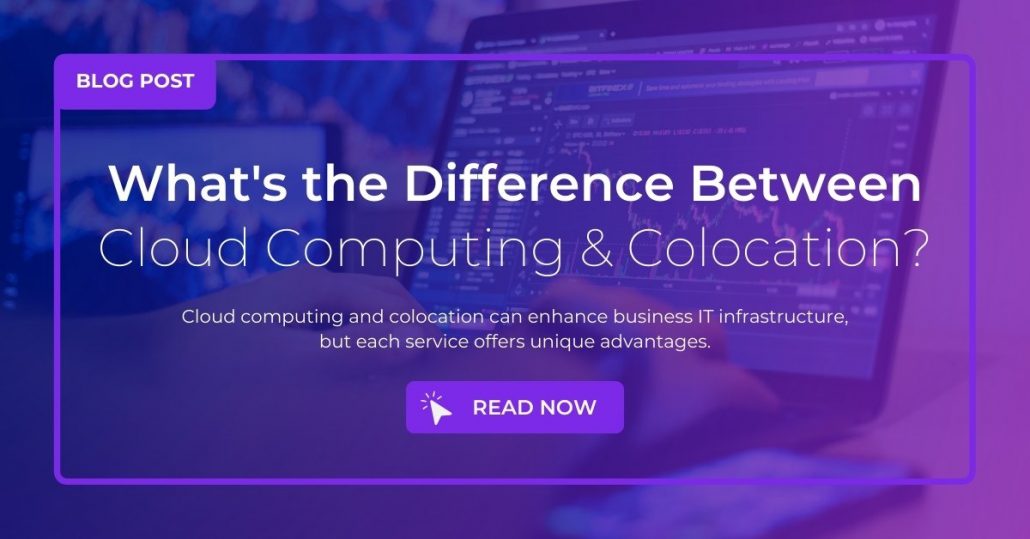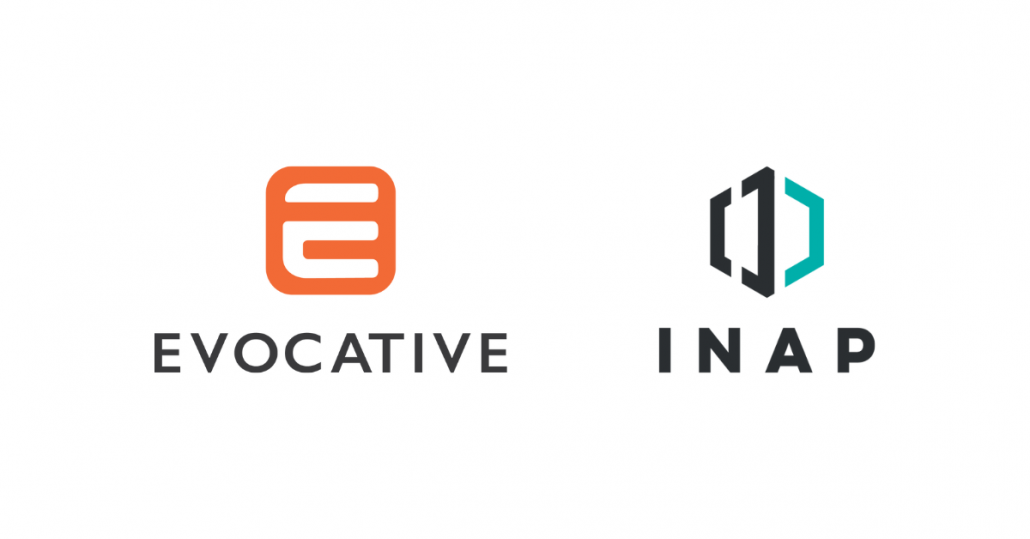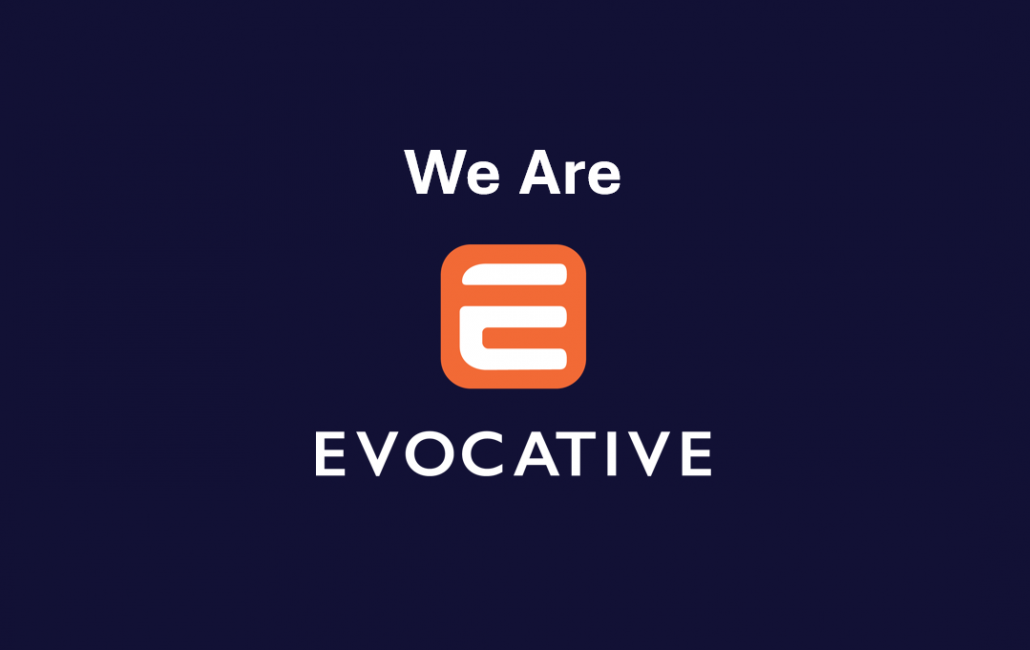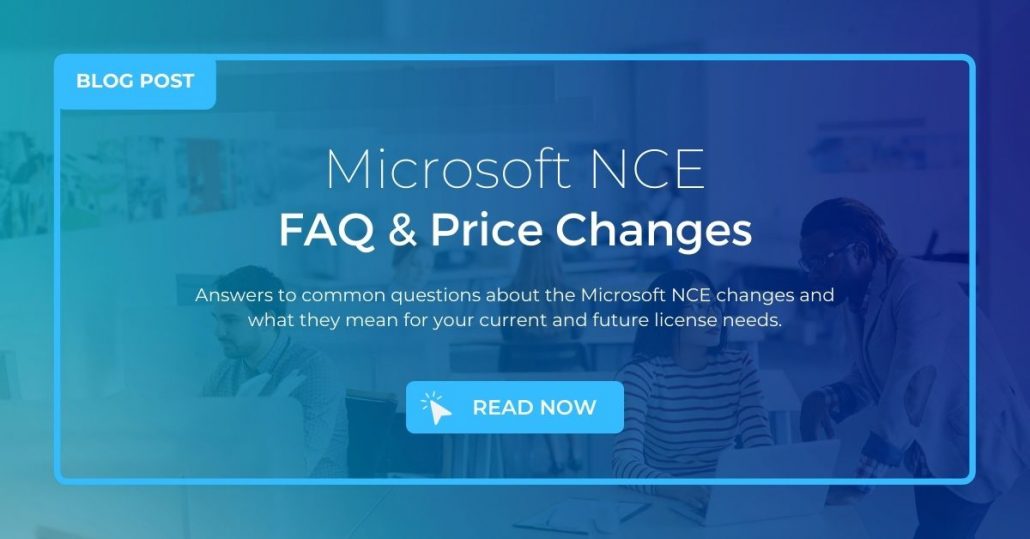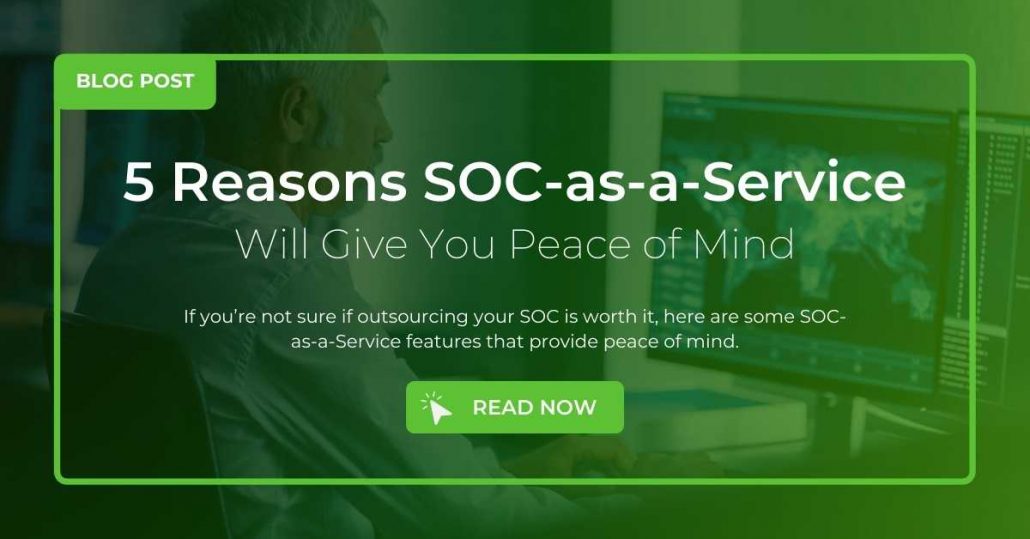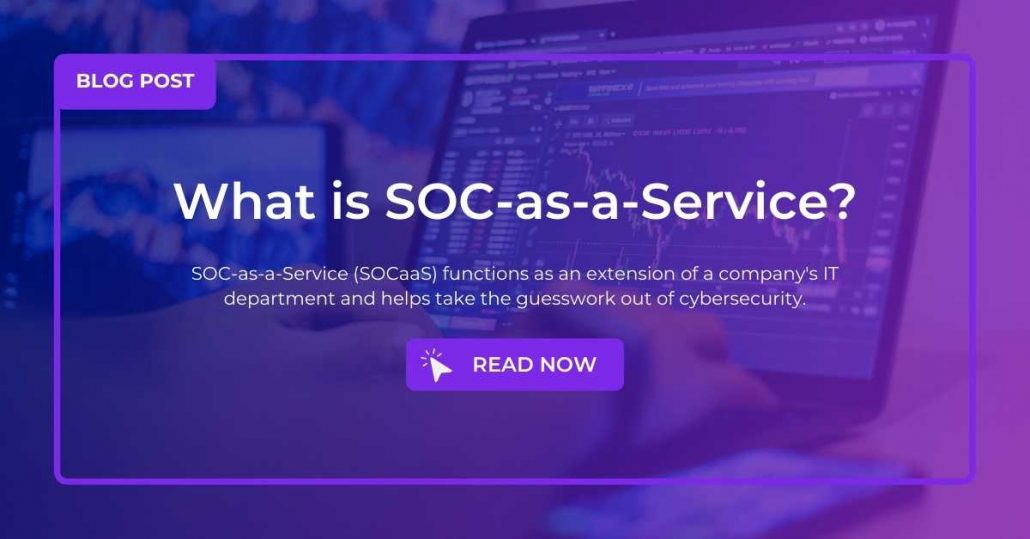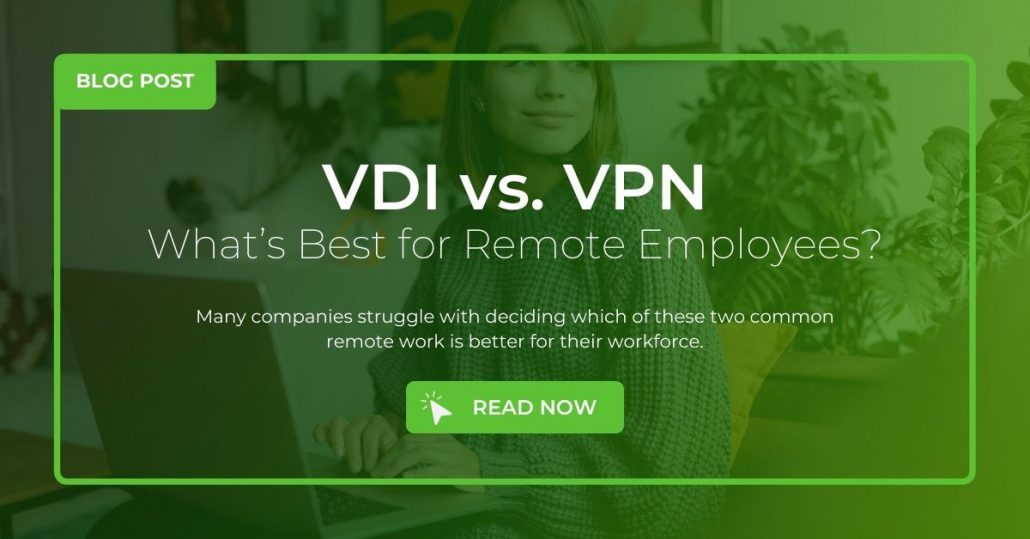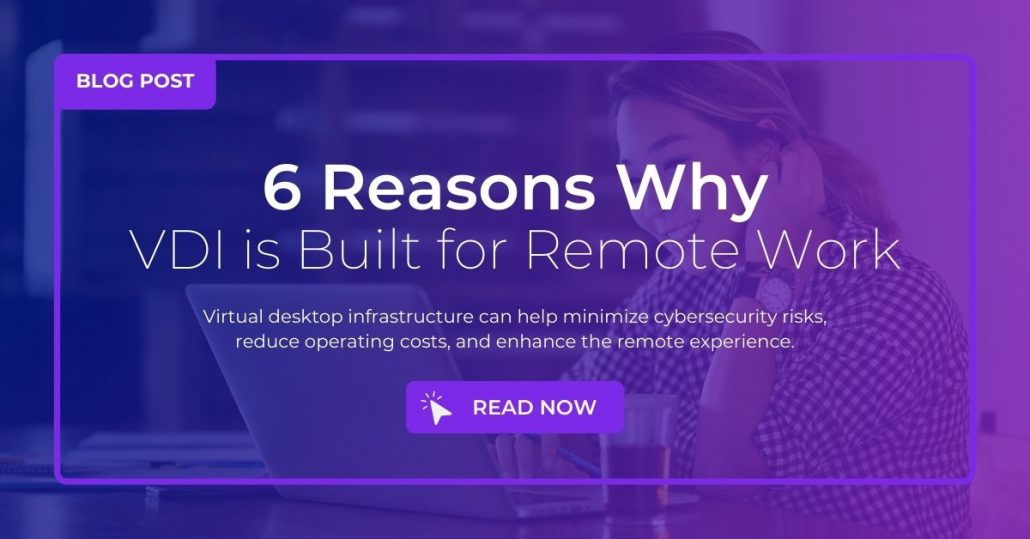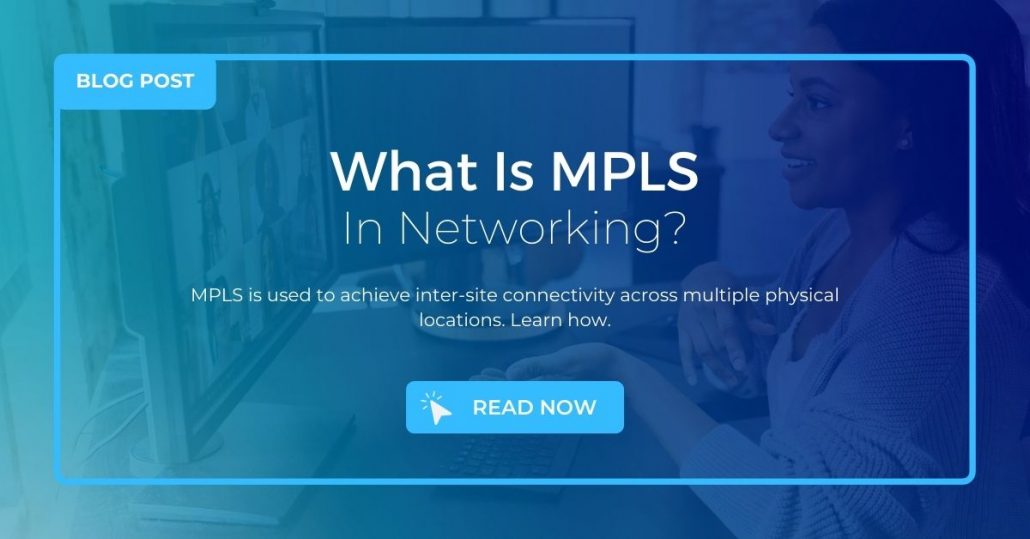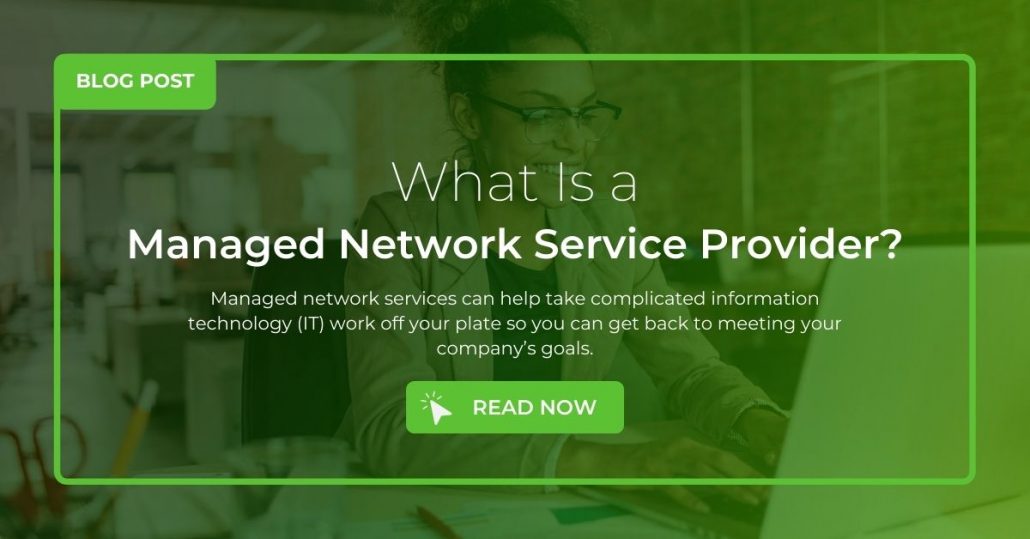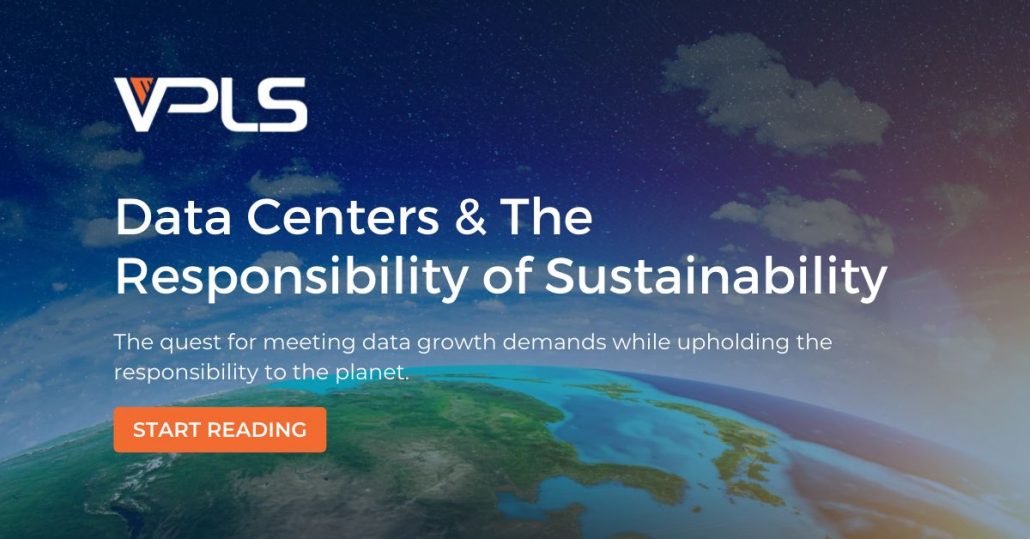What’s the Difference Between Cloud Computing and Colocation?
Published
Written by
Filed under

As companies race to keep up with a rapidly evolving digital landscape, many IT teams are employing colocation and cloud computing to augment their existing infrastructure and support growth. While both services can improve business efforts, each model has distinct features and benefits. To provide greater insight into colocation vs. cloud computing, review each service with this outline from VPLS.
What is Cloud Computing?
When companies transition to the cloud, they choose to conduct operations from virtual servers. Typically, businesses need to partner with a provider to utilize the cloud. Providers manage these servers, and users access their data through the Internet.
Pros of Using the Cloud
Organizations that experience regular fluctuations find cloud computing incredibly flexible. When they need more space to house incoming data or design a new application, they can purchase additional services from the provider as soon as they need them. This system makes the cloud best for remote work situations as it prevents IT teams from needing to repurpose servers onsite.
The cloud is also cost-effective compared to traditional IT infrastructure, as many providers charge customers only for the specific cloud services they use.
Cons of Using the Cloud
Despite its affordability and accessibility, cloud computing is not without its challenges. For one, businesses that use the cloud relinquish a significant amount of control over their IT infrastructure. Since the provider owns the servers, the company has less supervision over customer information. Additionally, businesses that use the cloud exclusively can spend up to 10 times more on computing costs than those employing colocation.
Cloud computing also poses more security risks than in-house infrastructure, making it imperative to select a provider with extensive security precautions. If one business experiences a breach, it can affect all other companies operating on the cloud. Companies can encounter security issues if they exhaust their cloud resources, causing their data to sprawl. High volumes of information can lead to increased costs and compliance concerns.
What is Colocation?
Colocation is when a business rents out physical space from a data center to store its IT equipment. These facilities have the cooling, energy, and security necessary for servers to function correctly. The service is ideal for companies that wish to implement a hybrid IT infrastructure and scale up their operations.
Pros of Using Colocation
Since colocation data centers provide the proper conditions for servers to operate, businesses can store more information without spending excessive money building an on-premise storage space. Colocation does not come with managed service expenses, further reducing cost. A company may also find colocation beneficial when backing up data as a disaster recovery measure.
Unlike cloud computing, colocation gives organizations better control over their information. Quality facilities permit customers to supervise their data 24/7 and offer remote hand services that improve visibility. The enhanced security capabilities of colocation make it ideal for companies to comply with strict regulations, protect their business assets, and safeguard client information.
Taking a Hybrid Approach
Some organizations find that choosing either cloud computing or colocation is the best option, but many find a hybrid infrastructure to be the most effective solution. Hybrid models uplift the benefits of both services while mitigating their weaknesses. Colocation can augment cybersecurity for remote employees, and the cloud gives increased flexibility when accessing data. As companies develop strategies to strengthen their IT infrastructure, they can employ a combination of cloud computing and colocation to manage corporate information.
If you wish to utilize colocation and cloud computing at your business, turn to VPLS for cutting-edge solutions. Our private VPLS Cloud gives customers multiple hosting, power, storage, and networking options, while our CloudHop™ on-ramp services allow companies to make direct, low-latency connections to the public cloud. We offer virtual desktop infrastructure that enables employees to seamlessly move between operating environments as well as backup and recovery solutions to help companies quickly recoup from incidents.
We also provide several colocation services to companies across various industries. Customers can select cabinets to meet their storage needs and receive assistance in managing their servers from our experienced team of colocation specialists. Businesses can also attain cross-connections to their servers through our innovative CloudHop™ and IP Transit services.
Improve Your IT Infrastructure with VPLS Today
In business for more than 20 years, VPLS has the tools and experience to help you address several IT challenges, no matter how simple or complex. As a global provider, we have 14 data centers and serve over 7,000 customers worldwide.
Contact us today to access our services or learn more about colocation vs. cloud computing.

